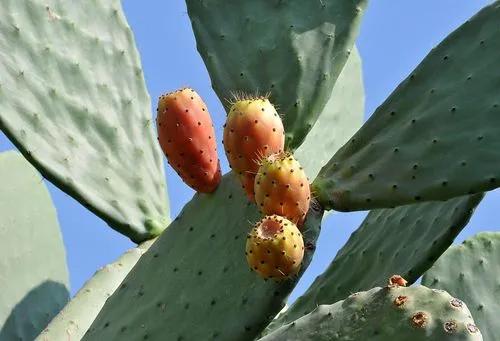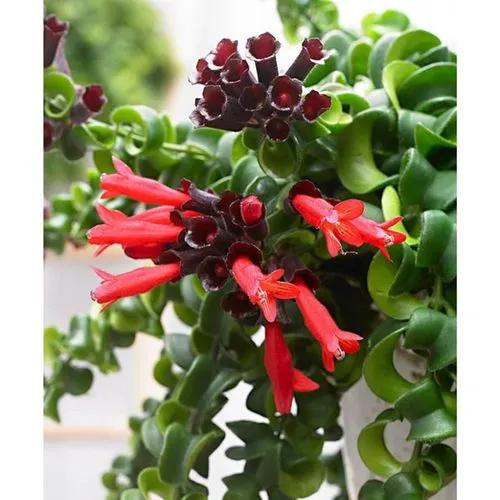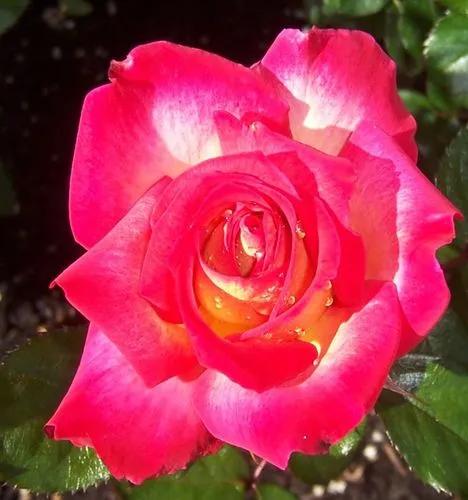Ephedra sinica, a species of ephedra (Ma huang), contains the alkaloids ephedrine and pseudoephedrine, which have been found to induce central nervous system stimulation, bronchodilation, and vasoconstriction with ephedrine toxicity associated with stroke, myocardial infarction and sudden death.Ma huang has been used in traditional Chinese medicine for more than 5 millennia. Beverages made from the plant have been referred to under many names, e.g., yellow river, Mormon tea, and whorehouse tea. The jointed green stems of the ma huang are the chief photosynthetic organs of the plant and contain the alkaloids. In commercially available Ma huang products the percentage of ephedrine varies greatly from 1.1 to 15.3 mg per dosage unit. Ephedrine is well absorbed after oral administration is excreted primarily unchanged in the urine with a serum half-life of 2.7 to 3.6 hours. The pathogenesis of the cardiac toxic effects remains incompletely defined but probably related to increased blood pressure secondary to elevations in heart rate, cardiac output and peripheral resistance including vasoconstriction of the coronary arteries. Long term ephedrine use may lead to conditions seen with pro
Chinese Ephedra Care
Ephedra Sinica



How to Care for the Plant

Water

It prefers dry or moist soil and can tolerate drought.

Sunlight

It cannot grow in the shade

Soil

Suitable for: light (sandy) and medium (loamy) soils and prefers well-drained soil. Suitable pH: acid, neutral and basic (alkaline) soils

Temperature

It has survived at least one winter of temperatures down to below -10°c, but was not looking very vigorous when seen in September 1997

Additional

Not recommended with high blood-pressure, heart disease, diabetes, thyroid disease or inflammation of the prostrate gland. Avoid in glaucoma patients. Avoid if thyrotoxicosis - over-active thyroid gland. Avoid if restless or have anxiety states. Adverse effects include: headache, irritability, restlessness, nausea, sleeplessness, rapid heart beat, hyperthermia, loss of appetite, insomnia, restlessness and increased blood pressure. May lead to heart attacks, strokes and even death

Popularity

18 people already have this plant 2 people have added this plant to their wishlists
Discover more plants with the list below
Popular articles






